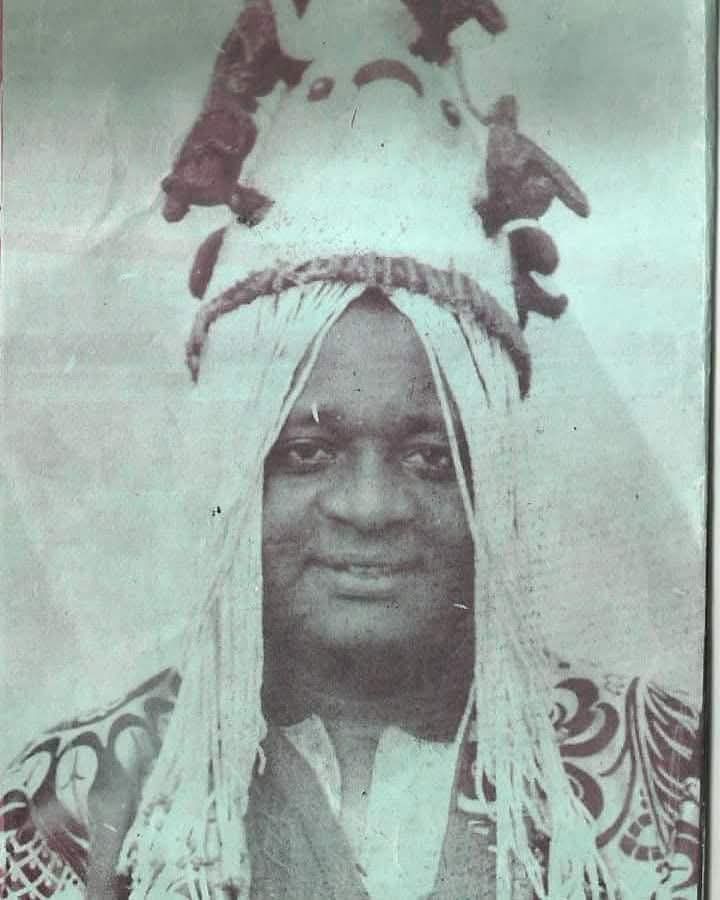
By Cultural Heritage Desk | Palace of Oyo Archives
In the grandeur of Yoruba royal tradition, the Ade—the sacred beaded crown—stands not merely as a symbol of kingship, but as a powerful emblem of ancestral presence. The third part of the ongoing historical series on the Ade reveals its deeply spiritual significance within the Palace shrine and beyond.
Historically, the Ade was revered even in the absence of an Oba. If displayed publicly, the Yoruba people were expected to show the same deference to the Ade as they would to a living monarch—prostrating before it as an embodiment of ancestral authority.

According to the text “The Alaafin of Oyo, Oba Adeyemi III: His Life History and Philosophy” by Dr. Owolabi Kola and Sayo Alagbe, the earliest period of Yoruba rulership saw relatively few Obas donning the Ade. The original crowns were considered ancestral heirlooms, passed down through a sacred line of succession believed to trace back to mythic times.
A powerful image from the Palace of Oyo Archive captures the late Oba Adeyemi III in 1970 wearing the revered Ade Iyun—the ancient crown of Alaafin Sango, the thunder god and one of the most venerated ancestors in Yoruba cosmology. This act was not just ceremonial, but spiritual, connecting the present with the primeval past.
As modernity continues to reshape cultural expressions, the Ade remains a steadfast emblem of continuity, identity, and reverence for ancestral authority in Yoruba land.
●This article is culled from page 172 of The Alaafin of Oyo, Oba Adeyemi III: His Life History and Philosophy by Dr. Owolabi Kola and Sayo Alagbe.











